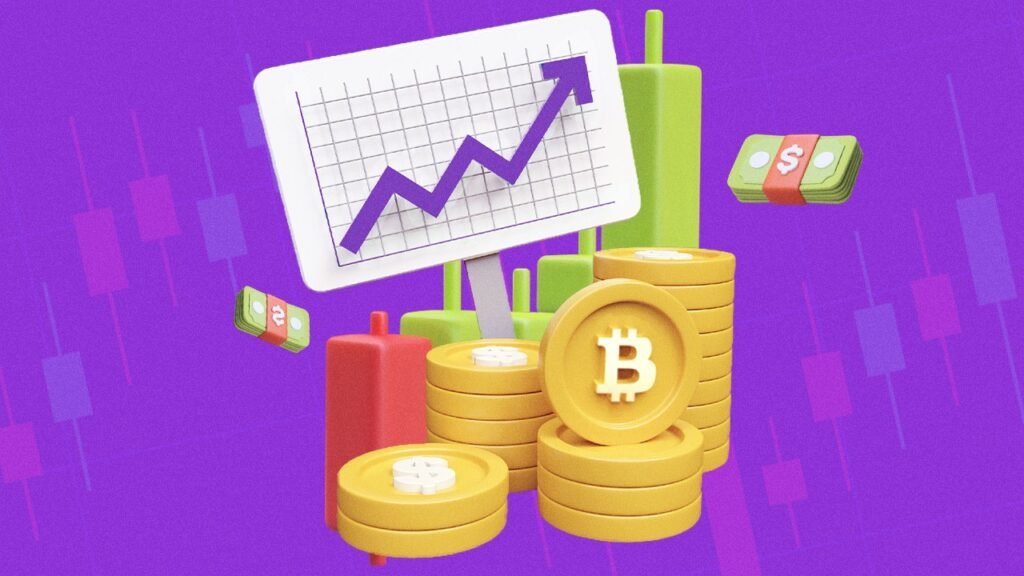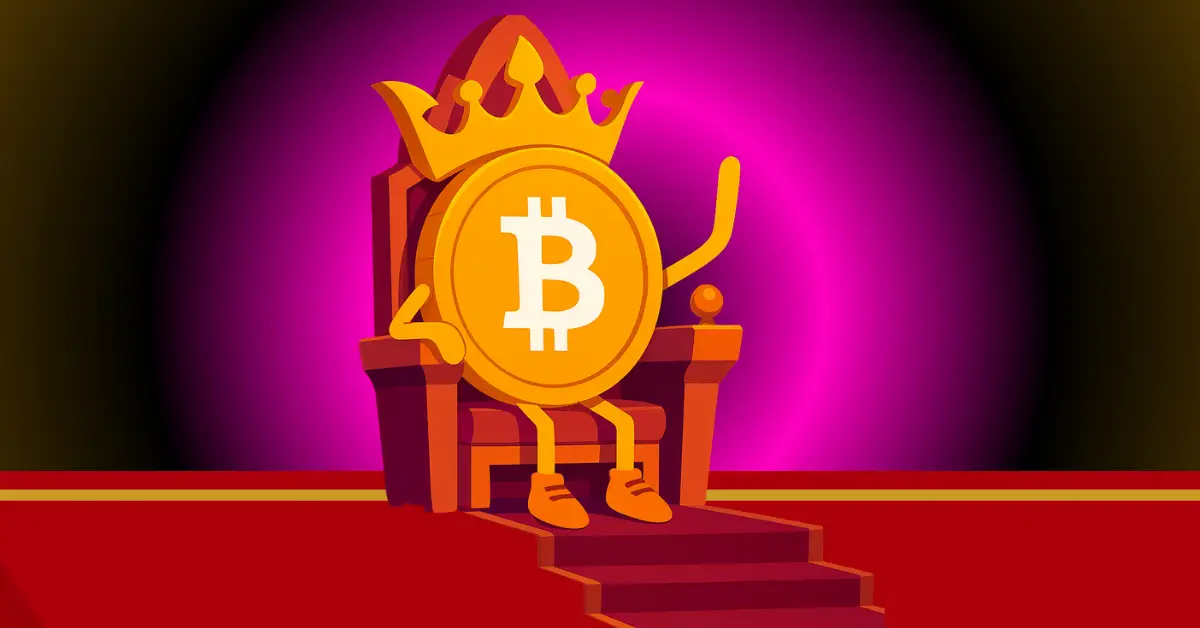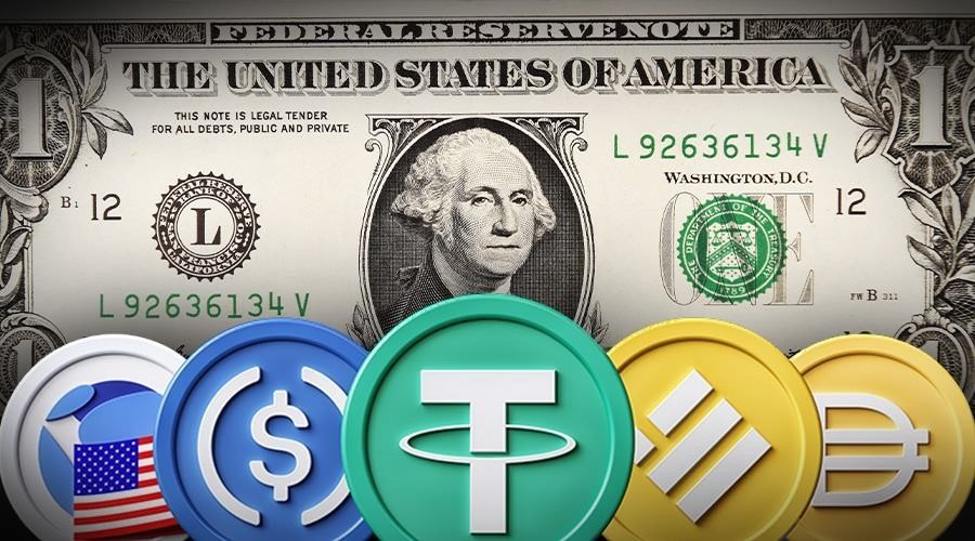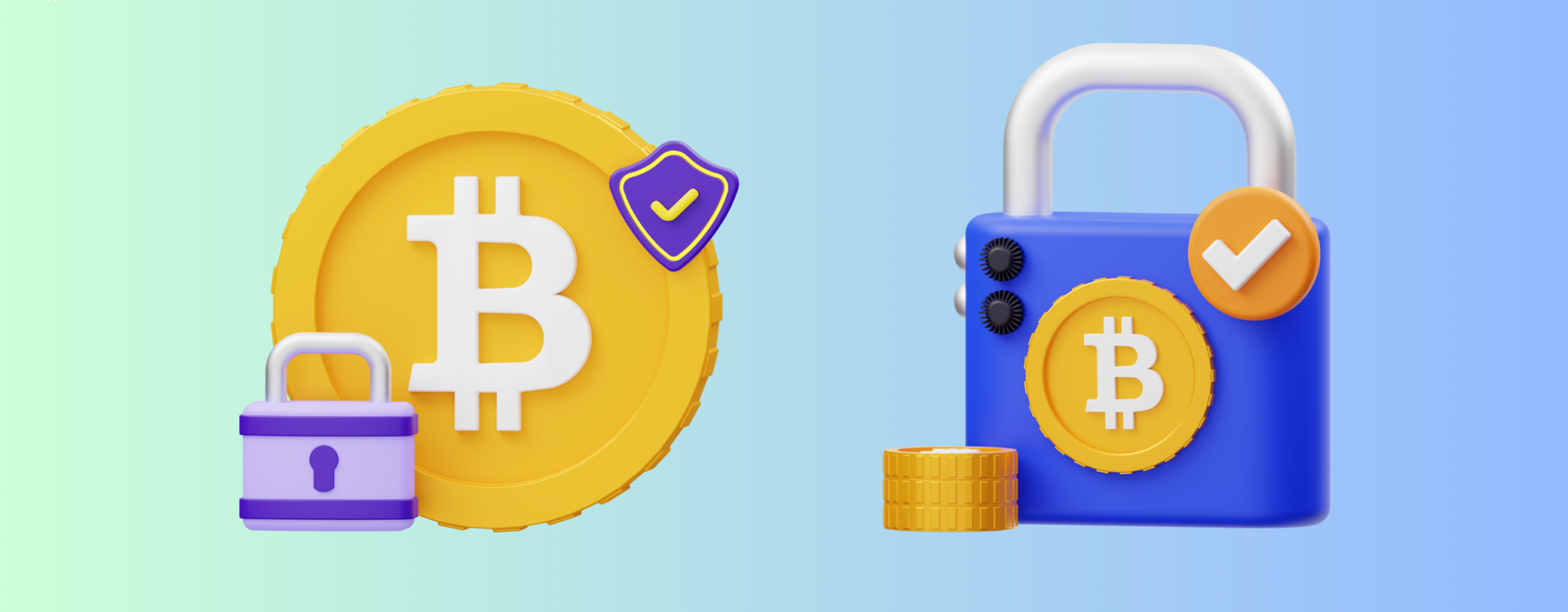Cryptocurrency is no longer just a buzzword—it’s reshaping finance, gaming, and even art. As 2025 unfolds, new trends are making crypto more exciting (and complex) than ever. For beginners, keeping up with these changes can feel overwhelming, but it’s also a chance to learn and invest smarter. This guide highlights the top crypto trends to watch in 2025, explained in simple terms, with tips to get started safely. Let’s explore what’s next!

Why Crypto Matters in 2025
Crypto is growing fast, with Bitcoin hitting new highs, NFTs powering virtual worlds, and DeFi challenging banks. In 2025, adoption is soaring—businesses, governments, and everyday people are jumping in. For beginners, understanding these trends helps you spot opportunities and avoid pitfalls.
Key Idea: Crypto isn’t just about money; it’s about new ways to own, earn, and connect online.
Top Crypto Trends to Watch in 2025
Here are the biggest trends shaping cryptocurrency in 2025, perfect for beginners to understand.
1. Bitcoin’s Continued Dominance
Bitcoin remains the king of crypto, seen as “digital gold” for storing value. In 2025, its price is driven by institutional investment and global adoption, like El Salvador’s use of Bitcoin as legal tender.
Why It Matters: Bitcoin’s 2024 halving (cutting mining rewards) makes it scarcer, potentially boosting prices.
Example: Bitcoin ETFs, launched in recent years, let mainstream investors buy Bitcoin easily, pushing demand.
Tip: Track Bitcoin prices on CoinGecko to spot trends.

2. DeFi’s Growth and Accessibility
Decentralized Finance (DeFi) lets you lend, borrow, or trade crypto without banks, using apps like Uniswap or Aave. In 2025, DeFi is more user-friendly, with lower fees on blockchains like Polygon.
Why It Matters: DeFi offers high interest rates (5–20%) compared to bank savings (0.5%).
Example: Lending $100 on Compound could earn $10–$20 yearly, but risks apply.
Tip: Explore DeFi basics on CoinDesk.
3. NFTs Evolving Beyond Art
Non-Fungible Tokens (NFTs) are unique digital assets, like art or virtual land. In 2025, NFTs power gaming, metaverses, and even real-world assets (e.g., tokenized property).
Why It Matters: NFTs give creators and players ownership, unlike Web2 games where developers control everything.
Example: In Decentraland, you can buy NFT land and build a virtual shop.
Tip: Browse NFTs on OpenSea to see what’s trending.

4. Web3 and the Metaverse Boom
Web3, the decentralized internet, is growing, with metaverses (virtual worlds) like Decentraland and The Sandbox leading the way. In 2025, Web3 apps let you own digital identities and assets.
Why It Matters: Web3 shifts control from tech giants to users, offering privacy and earning opportunities.
Example: You can earn crypto by playing Web3 games or selling virtual goods.
Tip: Try Web3 with a wallet like MetaMask.
5. Regulatory Clarity and Challenges
Governments are tightening crypto rules in 2025, with clearer laws in the U.S. and EU. This brings stability but also restrictions.
Why It Matters: Regulations could boost trust (e.g., protecting against scams) but may limit some DeFi apps.
Example: New tax rules require reporting crypto gains, affecting investors.
Tip: Stay updated on laws via Cointelegraph.
6. Rise of Stablecoins
Stablecoins like USDC, pegged to $1, are popular for safe transactions in DeFi and payments. In 2025, they’re used for remittances and everyday purchases.
Why It Matters: Stablecoins avoid crypto’s volatility, making them beginner-friendly.
Example: You can lend USDC on Aave for 5% interest without price swings.
Tip: Buy stablecoins on Coinbase to start.

7. AI and Crypto Integration
Artificial intelligence is enhancing crypto in 2025, from AI-driven trading bots to fraud detection in DeFi.
Why It Matters: AI makes crypto smarter and safer, but beware of overhyped AI tokens.
Example: AI bots on Binance predict price moves, helping traders.
Tip: Research AI projects on CoinGecko before investing.
Risks to Understand in 2025
Crypto trends are exciting but come with risks. Here’s what beginners should know:
- Volatility: Prices can drop 20–50% quickly, especially for NFTs and altcoins.
- Scams: Fake DeFi apps or NFT drops can steal your crypto.
- Hacks: DeFi platforms may have smart contract bugs, risking funds.
- Regulations: New laws could limit access to some crypto services.
Tip: Learn scam prevention on Cointelegraph.
How to Get Started with Crypto in 2025
Ready to explore these trends? Follow these beginner-friendly steps to dive in safely.
1. Choose a Trusted Platform
Start with secure exchanges or wallets to buy and store crypto.
Recommended Platforms:
- Coinbase: Easy for beginners to buy Bitcoin or stablecoins.
- Kraken: Strong security for trading.
- MetaMask: Wallet for DeFi and NFTs.
How to Start: Sign up on Coinbase, buy $10 of Bitcoin, and enable 2FA.

2. Start Small and Diversify
Crypto is risky, so invest small amounts across different assets.
How to Do It:
- Buy $10 of Bitcoin, $5 of Ethereum, and $5 of USDC.
- Try a $5 NFT on OpenSea.
- Only use money you can afford to lose.
Example: Diversifying cushions losses if one asset crashes.
3. Explore DeFi and Web3
Test DeFi and Web3 to understand their potential.
How to Do It:
- Swap $5 on Uniswap with MetaMask.
- Visit Decentraland to explore the metaverse.
- Lend $10 on Aave for interest.
Example: Lending $10 on Aave teaches you DeFi safely.
4. Secure Your Crypto
Protect your funds from hacks, a growing issue in 2025.
How to Do It:
- Enable 2FA on exchanges like Kraken with Google Authenticator.
- Use a hardware wallet like Ledger for large amounts.
- Store your seed phrase offline on paper, never digitally.
Example: A Ledger wallet saved users from 2024 DeFi hacks.
5. Stay Informed and Avoid Scams
Crypto scams are rampant in 2025. Stay cautious and educated.
How to Do It:
- Follow Cointelegraph for news and scam alerts.
- Join Reddit’s r/cryptocurrency for beginner tips.
- Verify platforms on CoinGecko.
- Ignore “free crypto” offers on X.
Example: Fake NFT drops on X can steal your wallet funds.
What to Watch Out For
These trends offer opportunities, but stay alert for:
- Market Crashes: Crypto prices can plummet overnight.
- Fake Projects: Scammers mimic legit DeFi or NFT apps.
- High Fees: Ethereum gas fees can eat into small transactions.
Tip: Use low-fee blockchains like Solana for NFTs or DeFi.
Conclusion
Crypto in 2025 is full of promise, from Bitcoin’s dominance to DeFi’s financial tools and Web3’s metaverse. Beginners can jump in by starting small on Coinbase, exploring NFTs on OpenSea, and using MetaMask for DeFi. Secure your funds with a Ledger wallet and stay updated via Cointelegraph. With these steps, you’ll navigate 2025’s crypto trends confidently and safely!























The evolution of cryptocurrency is truly fascinating. It’s amazing how Bitcoin continues to dominate while new technologies like DeFi and NFTs are transforming industries. The integration of AI in crypto opens up endless possibilities for innovation. However, with governments tightening regulations, it’s crucial to stay informed. What specific steps can beginners take to navigate this complex yet exciting landscape in 2025?
Hey! Diving into crypto in 2025 is super exciting, but it can feel overwhelming. Here’s how I’d suggest getting started:
I’d first learn the basics—Bitcoin, DeFi, NFTs, and how AI’s shaking things up—using sites like CoinDesk or YouTube tutorials (just an hour or two a week). I always check my country’s crypto rules, like KYC laws in the U.S., by following news on X or Bloomberg Crypto. For buying crypto, I stick to safe platforms like Coinbase or Binance, and for DeFi, I try Uniswap with small amounts. I never invest more than I can lose and spread it across Bitcoin, Ethereum, maybe some NFTs.
To keep my crypto secure, I use a Ledger wallet for long-term storage or MetaMask for DeFi and NFTs, always backing up my keys. I’ve played with AI tools like Nansen for market insights, but I’m careful about scams. Joining communities on X or Discord helps me stay updated on trends, though I double-check everything. For fun, I explore NFT marketplaces like OpenSea or Web3 games, starting cheap to learn the ropes. I track my investments on CoinGecko and jot down what I learn to get better.
Just start small, stay curious, and keep safety first—you’ll get the hang of it!
Cryptocurrency is clearly becoming a major force in various industries, and 2025 seems to be a pivotal year for its evolution. The integration of AI and the rise of user-friendly DeFi platforms are particularly intriguing. However, the increasing government regulations might pose challenges for decentralized ecosystems. How do you think these regulations will impact the growth and innovation in the crypto space? The advancements in NFTs and Web3 are also exciting, especially their potential in gaming and real-world asset tokenization.
I personally believe that government regulations in 2025 may have a dual impact on the cryptocurrency industry. On the one hand, stricter regulation may challenge decentralized ecosystems by imposing compliance burdens, limiting anonymity, and potentially stifling innovation in areas such as DeFi and privacy focused projects. Centralized exchanges and stablecoin providers may face stricter scrutiny, increase operating costs, and set entry barriers for smaller participants. This may slow down the pace of experimental development in the cryptocurrency field, especially for protocols that prioritize complete decentralization.
On the other hand, a clear regulatory framework can legitimize cryptocurrencies and promote mainstream adoption. Institutional investors and traditional industries may have more confidence in entering the market, especially in areas such as real-world asset tokenization and Web3 applications. For example, regulatory frameworks for tokenized assets such as real estate or commodities can unleash significant capital inflows, while gaming NFTs and Web3 platforms may benefit from standardized rules that ensure consumer protection and interoperability.
The integration of artificial intelligence and user-friendly DeFi platforms can alleviate some regulatory challenges by enabling smarter compliance tools and automated governance systems. However, overly strict policies may push innovation to jurisdictions with less regulation, resulting in the fragmentation of the global cryptocurrency landscape. The balance between regulation and innovation will be crucial – moderate and clear rules may accelerate growth, while high-pressure measures may hinder the decentralized spirit of cryptocurrency, especially for NFT and Web3, where creative freedom is key.
Ultimately, the adaptability of the cryptocurrency industry, coupled with AI driven solutions and advancements in user centric platforms, may help it overcome regulatory barriers and ensure sustained growth in areas such as gaming and asset tokenization.